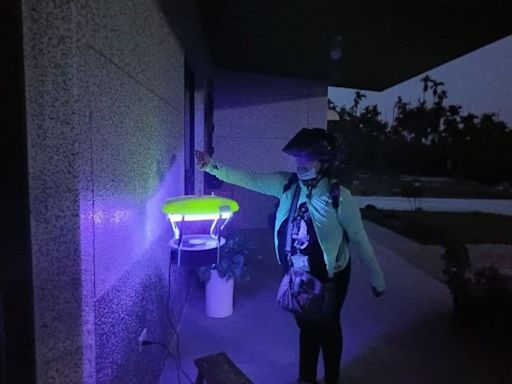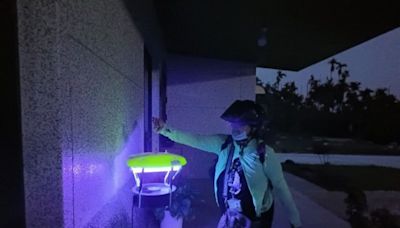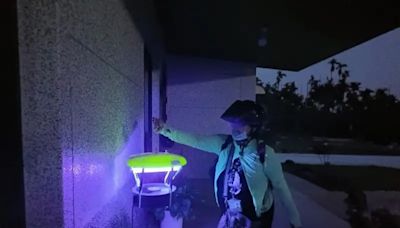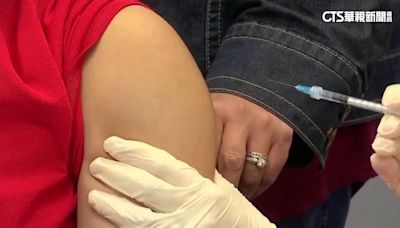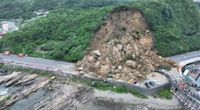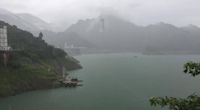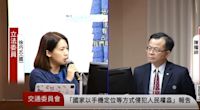搜尋結果
Japanese encephalitis. Japanese encephalitis ( JE) is an infection of the brain caused by the Japanese encephalitis virus (JEV). [3] While most infections result in little or no symptoms, occasional inflammation of the brain occurs. [3] In these cases, symptoms may include headache, vomiting, fever, confusion and seizures. [1]
Japanese encephalitis vaccine is a vaccine that protects against Japanese encephalitis. [2] The vaccines are more than 90% effective. [2] The duration of protection with the vaccine is not clear but its effectiveness appears to decrease over time. [2] Doses are given either by injection into a muscle or just under the skin.
For the Netherlands, based on overall excess mortality, an estimated 20,000 people died from COVID-19 in 2020, [9] while only the death of 11,525 identified COVID-19 cases was registered. [8] The official count of COVID-19 deaths as of December 2021 is slightly more than 5.4 million, according to World Health Organization's report in May 2022.
Excess steam from the drywell enters the wetwell water pool via downcomer pipes. SFP: spent fuel pool area. SCSW: secondary concrete shield wall. The Fukushima nuclear accident was a major nuclear accident at the Fukushima Daiichi nuclear power plant in Ōkuma, Fukushima, Japan which began on March 11, 2011.
the free encyclopedia that anyone can edit. 550 Madison Avenue is a postmodern skyscraper on Madison Avenue between 55th Street and 56th Street in New York City. Designed by Philip Johnson and John Burgee with associate architect Simmons Architects, the building was completed in 1984. It is a 647-foot-tall (197-meter), 37-story office tower ...
3 November 1893. Explosion of dynamite cargo on the steamship Cabo Machichaco, in at the port of Santander, Spain, with more than 2,000 injured. [14] 581. 16 April 1947. Texas City disaster in the Port of Texas City; over 5,000 were also injured. 575. 4 June 1989. Ufa train disaster in Ufa, Soviet Union.
A convoy of fire engines in the tsunami zone The aftermath of the 2011 Tōhoku earthquake and tsunami included both a humanitarian crisis and massive economic impacts. The tsunami created over 300,000 refugees in the Tōhoku region of Japan, and resulted in shortages of food, water, shelter, medicine and fuel for survivors. 15,900 deaths have been confirmed.
